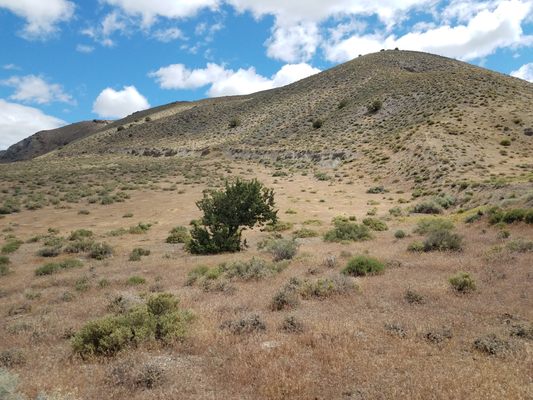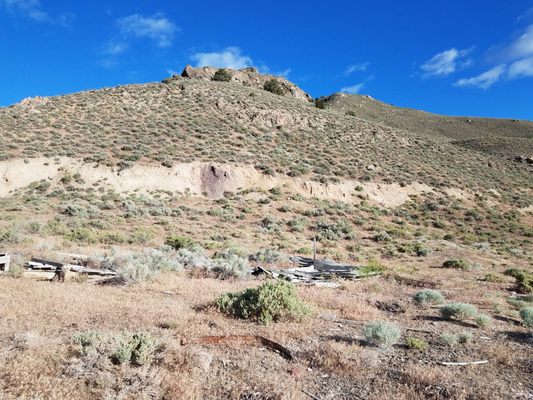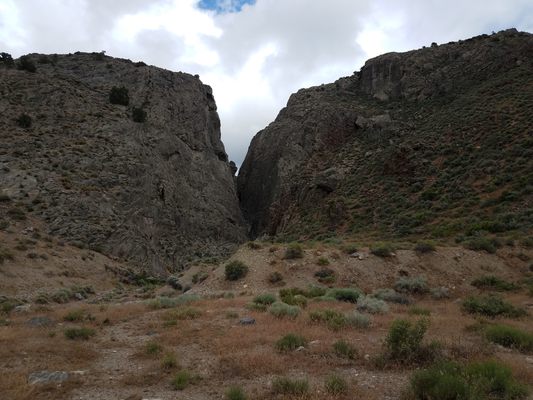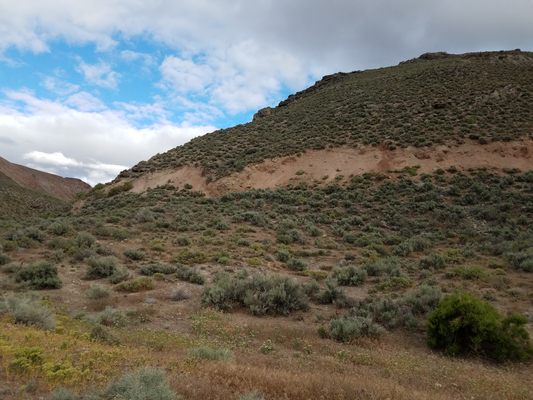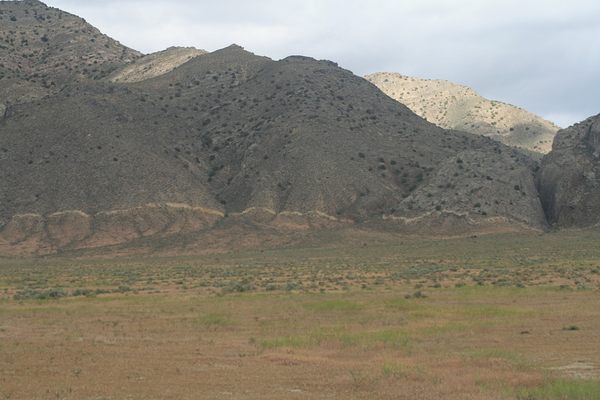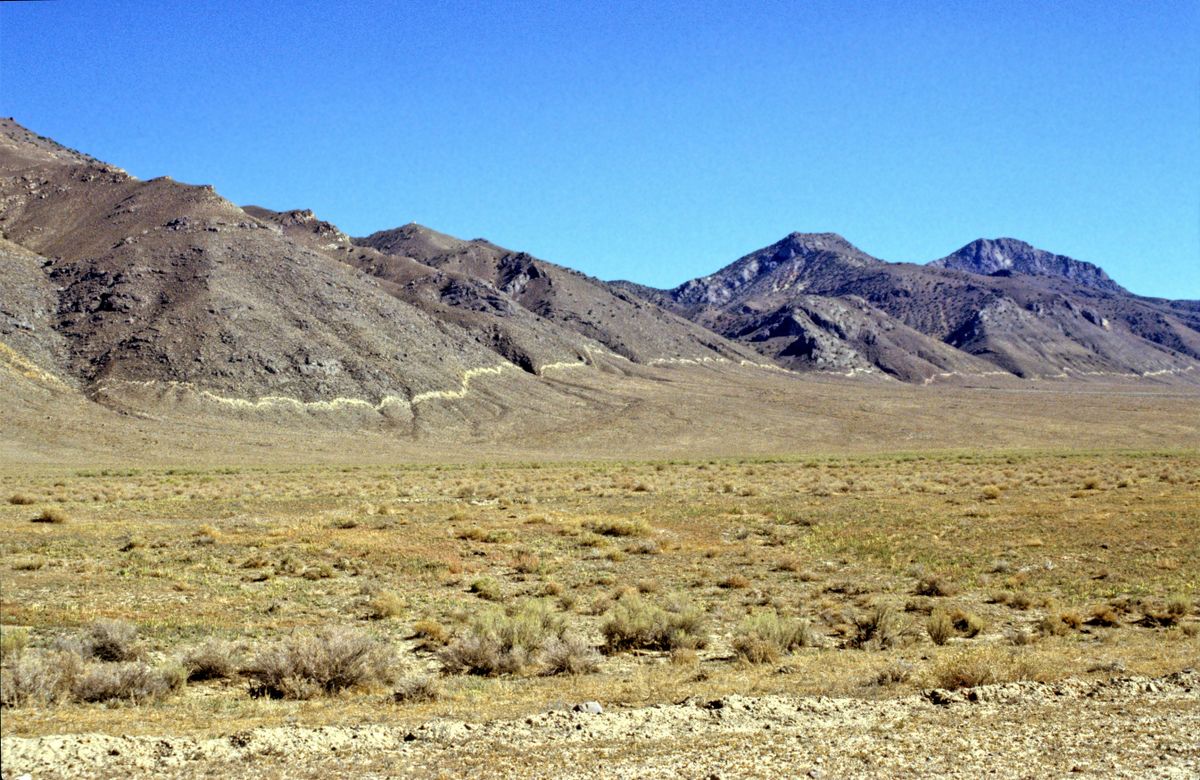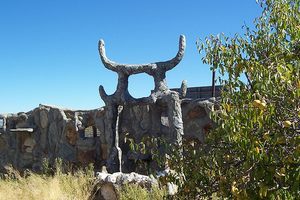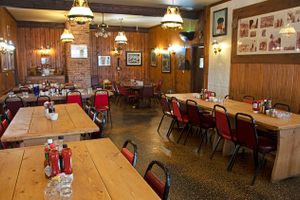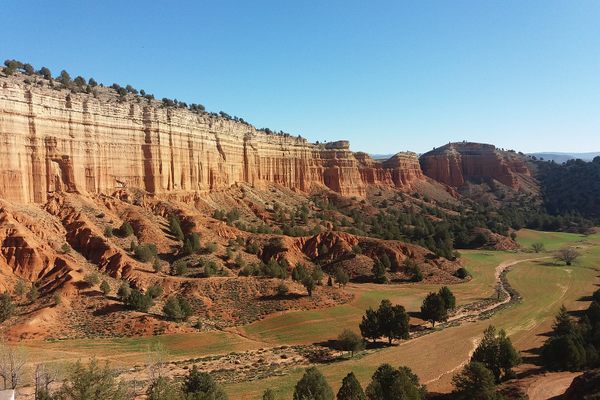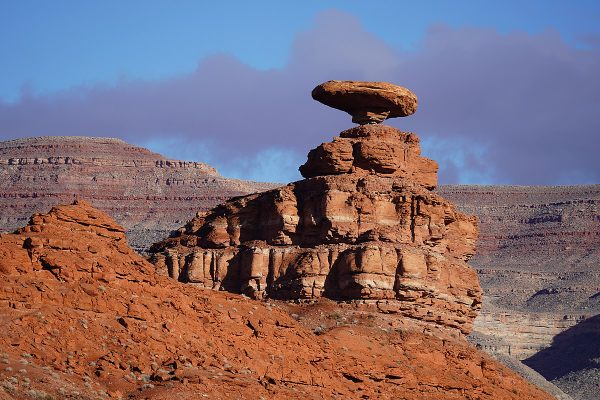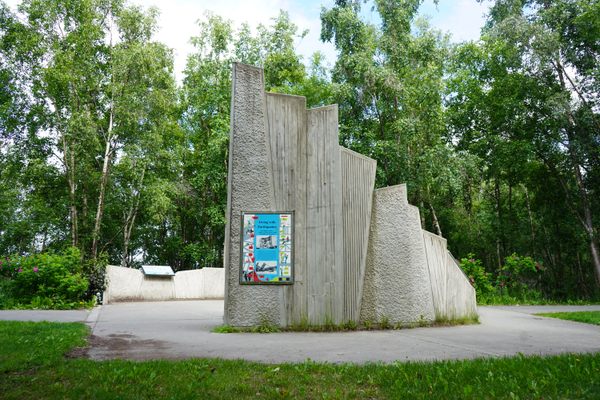About
At 10:54 p.m. on October 2, 1915, Pleasant Valley, Nevada, was rocked by an enormous earthquake. Its Mercalli intensity (a guide based on damage from shaking, graded in Roman numerals from I to X) was extreme (X). The Richter scale had not yet been devised, but the quake is estimated to have a magnitude of 7.3. It is the strongest earthquake ever recorded in Nevada and lies in the Central Nevada Seismic Belt.
Remarkably, there were no fatalities, as only about 60 people lived in the immediate vicinity of the epicenter. Damage to structures such as barns and houses ranged from extensive to catastrophic, however. Winnemucca, Nevada, about 40 miles north and the nearest town of any size, had widespread but relatively minor damage such as toppled chimneys. An extended series of both foreshocks and aftershocks bracketing the main shock added to the toll of damage—not to mention the stress level of the local population.
The quake left a prominent series of scarps (breaks) in the land surface, of which the most spectacular can be found along the western base of the Tobin Range, beginning about 40 miles south of Winnemucca and extending another 20 miles so so. The old USGS publications call these the "Pearce" scarps after a former ranch in the area.
Related Tags
Know Before You Go
The scarps cannot be reached on a paved road. However, they can be seen from a graded road that should be passable to ordinary passenger cars in dry weather. The easiest access is probably from Winnemucca. Be sure to top off with fuel as there are no service stations anywhere near the scarps. In the west end of downtown Winnemucca turn south on Hanson Street and proceed 0.5 miles, crossing the railroad bridge. Then turn right on Grass Valley Road (State Route 294), intersection at 40.963663 N, 117.734187 W. (To the left this road is marked as "Haskell St."). Now proceed 38.9 miles from this point to the turnoff to Siard Rd. This may be marked as a ranch turnoff, but in any case is at 40.431121 N, 117.606599 W. Grass Valley Road starts out paved, but gradually loses the pavement cover, finally becoming just graded.
The scarps will be visible as light-colored bluffs near the break in slope at the base of the range. They are not always continuous and are typically wavy as viewed from the road, because of the variations in slope topography.
From the Siard Road turnoff it is another 7.4 miles to the turnoff to the Golconda Canyon Road. This is the only publicly accessible place where the scarp can be reached with a passenger car.
Some 3.3 miles beyond the Golconda Canyon turnoff Grass Valley Road crosses to the west side of the valley. After this point views of the scarp are more distant and closer access is blocked by private land.
However, the scarp can be publicly accessed by several 4wd tracks before this point. One comes in 0.2 miles south of the Golconda Canyon turnoff. It goes to a scarp in an unnamed canyon about 1.2 miles south of Golconda Canyon along the range front.
Another 4wd access is about 2.9 miles from the Golconda Canyon turnoff, where a 4wd trail climbs up a low ridge out of the drainage in the valley bottom. After about a mile this track branches. The left branch goes to a spectacular but unnamed slot canyon mouth at 40.285516 N, 117.633709 W, below Little Miller Basin, as well as to another unnamed canyon about 0.35 mile south of the slot canyon. The right branch goes to another unnamed canyon about 1.4 miles south of the slot canyon along the range front. These branches even show up, in part, on Google Maps.
To emphasize: these are tracks not passable by passenger cars, and even 2wd high-clearance vehicles are likely to encounter difficulties. However, they would work fine as hiking trails if a capable vehicle is not available.
Community Contributors
Added By
Published
July 15, 2022
Sources
- Wallace, Robert E. Fault scarps formed during the earthquakes of October 2, 1915, in Pleasant Valley, Nevada, and some tectonic implications, U.S. Geological Survey Professional Paper, 1274-A, 1984.
- Wallace, Robert E. Patterns and timing of Late Quaternary faulting in the Great Basin Province and relation to some regional tectonic features, J. Geophysical Research B, 89, 5763-5769, 1984.



